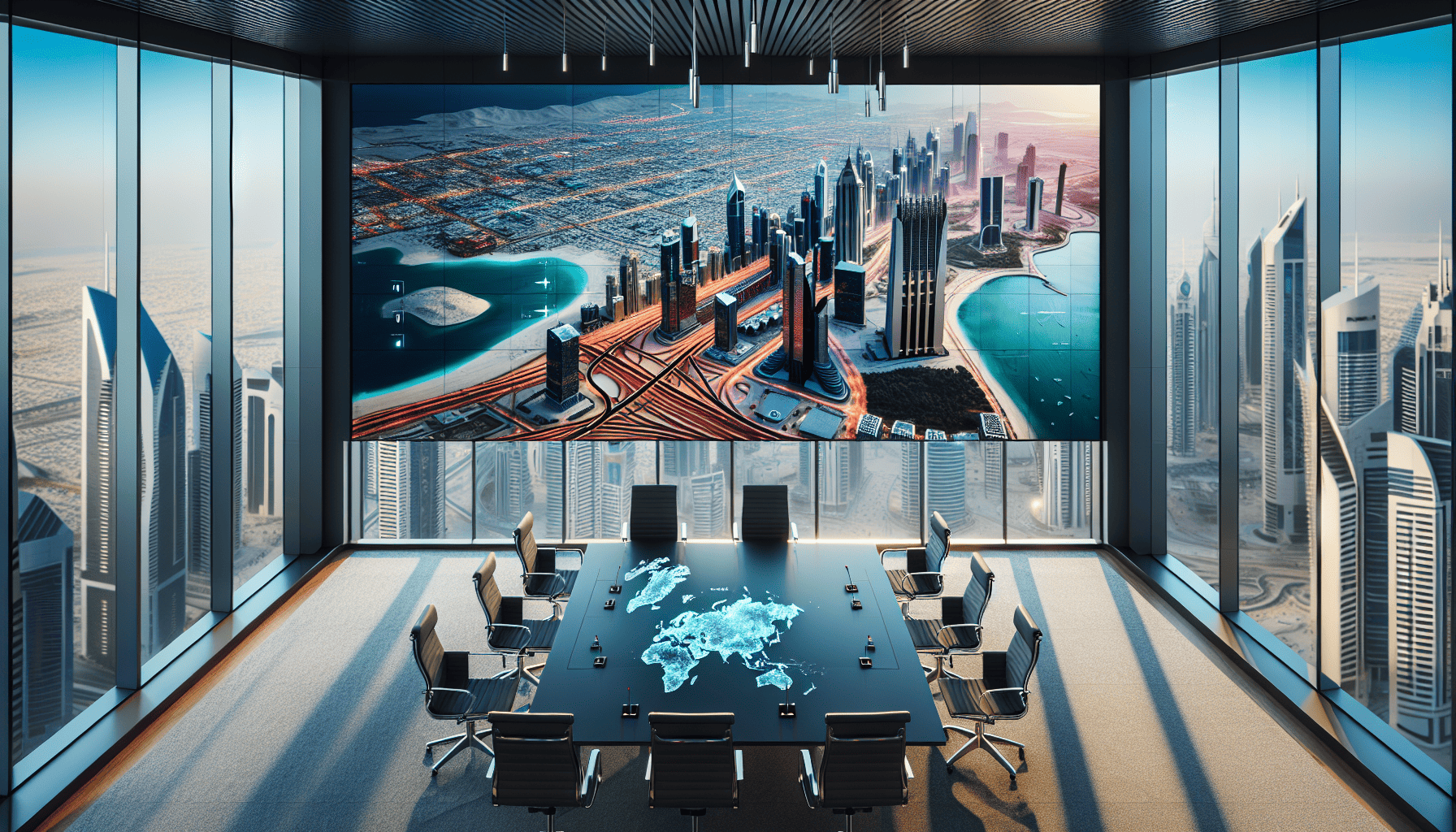The United Arab Emirates (UAE) is known for its rapid urban development, innovation, and unique geographical challenges. As the nation moves forward, addressing its specific transport needs has become a priority to ensure efficiency, sustainability, and connectivity across its cities and regions. Here are some strategies tailored specifically for the UAE's transport landscape.
1. Integrated Public Transportation Network
To accommodate the UAE's ever-growing population and urban expansion, integrating various modes of public transportation is crucial. The use of metro lines, trams, buses, and water taxis should be coordinated seamlessly to offer residents and tourists a smooth transit experience. For instance, expanding metro networks in cities like Dubai and Abu Dhabi, along with frequent feeder buses, can link remote areas to urban centers effectively.
2. Investment in Sustainable Transport
Environmental sustainability is becoming a primary focus for the UAE. Large-scale investments in electric vehicles (EVs) and green public transport can significantly reduce the carbon footprint. Establishing a robust network of EV charging stations across major highways and urban centers will facilitate the transition. Public transport fleets should also be gradually converted to electric or hybrid models to enhance eco-friendliness.
3. Smart City Infrastructure
The UAE has always been at the forefront of smart city initiatives. Implementing advanced technologies such as IoT (Internet of Things) and AI (Artificial Intelligence) can optimize traffic management and improve safety. Smart traffic lights, real-time traffic monitoring, and predictive maintenance for transport infrastructure are key areas where technology can play a vital role.
4. Promoting Non-Motorized Transport Methods
In regions with high tourist footfalls, promoting walking and cycling can ease traffic congestion and promote healthier lifestyles. Developing pedestrian-friendly zones, providing secure cycling paths, and offering bike-sharing systems are effective ways to encourage these modes of transport. Cities like Dubai have already embarked on projects to expand their cycling paths and pedestrian spaces.
5. Enhancing Maritime Transport
With its extensive coastline, the UAE can leverage maritime transport to alleviate pressure on land-based transport systems. Expanding existing water taxi services and introducing new ferry routes can connect coastal developments and offer a scenic travel alternative. Investments in marina infrastructure and modern vessels can further support this strategy.
6. Addressing Peak Time Traffic Congestion
Traffic congestion remains a persistent challenge, especially during peak times. Implementing congestion pricing during peak hours, developing alternate routes, and introducing flexible work hours can all help distribute traffic more evenly throughout the day. Additionally, improving ride-sharing platforms and promoting carpooling can reduce the number of vehicles on the road.
7. Cross-Emirate Connectivity
With the UAE comprising multiple emirates, ensuring seamless connectivity between them is essential. High-speed rail projects, like the Etihad Rail Network, aim to connect key cities and industrial zones, boosting economic growth and providing a reliable alternative to car travel. Continued investment in these projects will transform intercity transit efficiency.
By adopting these specific strategies, the UAE can cater to its unique transport needs while paving the way for a more connected, sustainable, and efficient future. As the nation continues to innovate, it serves as a model of how tailored transport solutions can address contemporary challenges and facilitate long-term progress.
